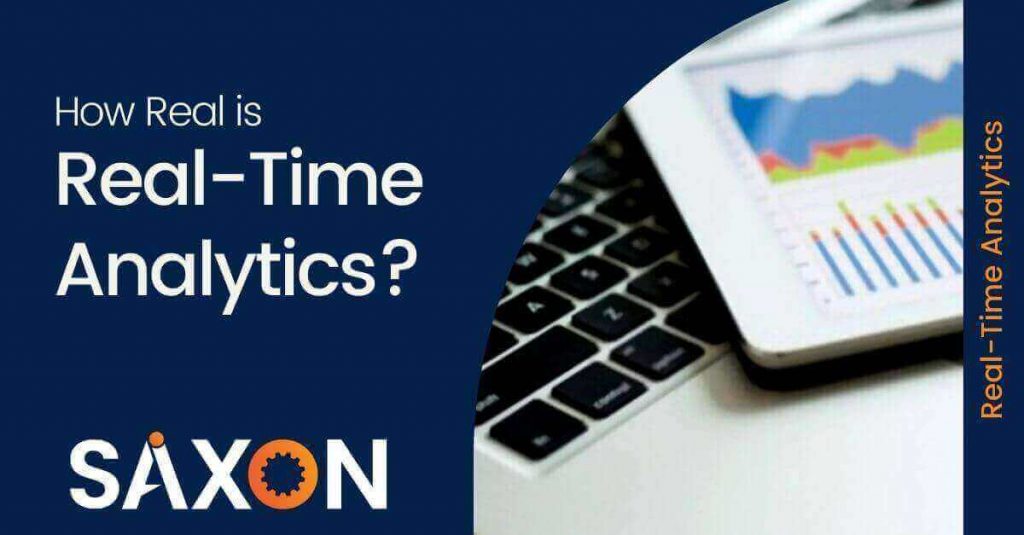Our world is changing at a swift pace. Pacing with the changing world sometimes becomes a difficult task if you are not equipped with the latest gadgets or technologies. If we talk about the data, we are bombarded with billions of data points to make our decisions daily. When we wake up in the morning, our brain starts analyzing incoming information and making decisions – what to eat, what to wear, what to read, what to watch, etc. According to some scientists, the average human makes 35,000 decisions per day.
Modern-day businesses’ work pattern is no less than our brain activities. They continually gather, process, and analyze the data to make decisions. In this blog, we will discuss the significance and relevance of Real-Time Analytics.
How real is our real-time analytics in the world? We have heard this term several times. Many organizations are adopting the real-time analytics approach. But what does real-time analytics mean, and how is it impactful in our current scenario.
What do we know about real-time analytics?
Simply, when data is processed immediately after entering the database and delivered the insights to make business decisions, it is called real-time analytics.
According to Gartner, real-time analytics is referred as a process which applies mathematic formula and logics to process the data to derive insights for making faster decisions. How quick real-time analytics could be? For some businesses, real-time analytics could be done within a few minutes, and for some businesses, it could take a few seconds after the data entered the database.
Real-Time vs. near real-time analytics
Most people confuse real-time with near real-time analytics. Near real-time analytics is crucial but not instant like real-time analytics.
Undeniably, near real-time analytics is also fast, but some companies need real-time analytics to comprehend what is happening across the business units. Here are some examples of industries that need real-time analytics – IT, financial services, healthcare, marketing, and transportation. In these industries, data must be comprehended instantly to make the decisions or, in some cases, deliver services or products to the customers based on the analysis.
Why are industries adopting real-time analytics?
To meet the customers’ real-time demands, the customers’ companies modernize their data infrastructure and integrate real-time analytics. With the availability of high-end gadgets like smartphones that function in a real-time context, wants data to analyze and deliver decisions in real-time.
According to Gartner’s report, by 2022, most new business systems will integrate continuous intelligence, which uses real-time data to make better decisions.
Companies have started to move their on-premises data to cloud-based warehouses for faster data analysis in real-time.
Here are some real-time analytics examples
There are plenty of use cases of real-time analysis. Here are some of the most common examples for us to understand its significance in our daily lives.
Information Security
As most organizations struggle with data security, they have started integrating Security Information and Event Management Software (SIEM). These solutions work on real-time data to collect and analyze data from the data sources.
Marketing
Real-time analysis is very crucial for marketing domain experts for improving the marketing experience across the touchpoints. Customers expect more personalized interactions with the companies; therefore, enterprises need to integrate real-time customer analytics solutions.
Logistics
The supply chain industry has undergone a phase of considerable improvements in recent years because of gathering real-time insights from logistics providers. They use real-time data to understand the market trend, eliminate ineffective routes and improve customer experience.
Finance
Real-time analytics help financial institutions to improve customer offerings. They use real-time data to offer products and services to customers. Moreover, it also helps them in fraud detection activities.
Real-time analytics is real and helping industries to improve customer experience. It is noted that organizations with a customer-focused approach grow their revenue at double the rate compared to other firms.

